Introduction
In the realm of gourmet mushrooms, wild boletes (often referred to scientifically as species within the genus Boletus) stand out for their rich, earthy flavor and meaty texture. Found naturally in forests across Europe, North America, and Asia, these mushrooms are highly valued by chefs and food enthusiasts for their ability to elevate dishes to new levels of culinary excellence. However, the challenge lies in maintaining their freshness from the moment they are harvested until they are ready to be cooked. This article delves into the various techniques and insights for preserving the freshness of wild boletes, ensuring that their unique taste and texture are retained for as long as possible.
Understanding Wild Boletes
Before discussing preservation methods, it’s crucial to understand the basic characteristics of wild boletes. These mushrooms have a cap that can range from small to quite large, with a smooth or slightly warty surface. Their pores, located underneath the cap, are typically yellow, blue, or brown and are arranged in a tube-like structure. Boletes are known for their firm flesh and their ability to grow in symbiotic relationships with certain trees, such as oak, pine, and birch.
Harvesting boletes requires care; they should be picked when the caps are fully expanded but not yet too soft or buggy. Once harvested, their shelf life is relatively short if not properly preserved. This is due to their high moisture content and susceptibility to spoilage from bacteria and molds.

Initial Handling: From Forest to Fridge
-
Prompt Harvesting:
The first step in preserving the freshness of wild boletes is to harvest them as soon as possible after they are found. This minimizes the time they spend exposed to environmental factors that can lead to spoilage. -
Cleaning:
Carefully brush off any dirt or debris using a soft brush or cloth. Avoid soaking boletes in water, as this can cause them to absorb excess moisture, leading to faster spoilage. Instead, gently wipe them clean or use a damp paper towel. -
Trimming:
Cut off the stem base where it attaches to the ground, as this part can harbor dirt and debris that is difficult to remove.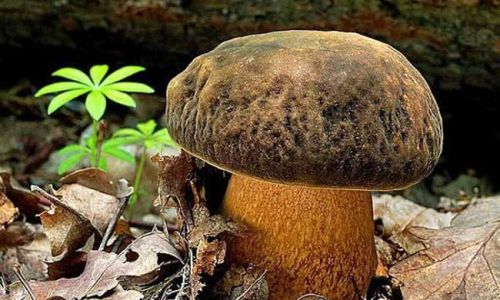
-
Storage in a Cool, Humid Environment:
Immediately after harvesting and cleaning, store boletes in a paper bag or a breathable container lined with paper towels. Place them in the refrigerator’s crisper drawer, where humidity is higher and temperatures are more stable. This setup helps maintain their moisture balance while slowing down bacterial growth.
Advanced Preservation Techniques
For those who wish to extend the shelf life of wild boletes beyond a few days, several advanced preservation techniques can be employed. These include drying, freezing, and pickling.
-
Drying Boletes:
Drying is a time-honored method of preserving mushrooms, including boletes. It involves removing almost all moisture from the mushrooms, which halts microbial growth and enzymatic activity that cause spoilage.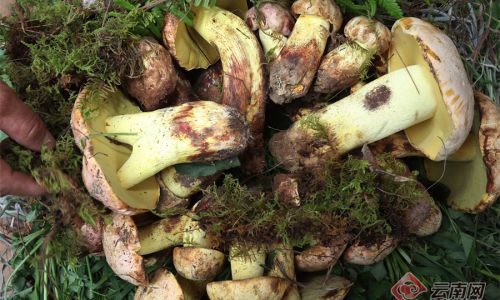
- Air-Drying: This method requires hanging boletes in a well-ventilated area with low humidity and moderate temperatures. Air-dried boletes can take several days to a week to reach the desired level of dryness.
- Dehydrator: Using a food dehydrator is a faster and more controlled way of drying boletes. Set the temperature to around 125°F (52°C) and dry them until they are brittle and lightweight.
- Storage: Once dried, boletes should be stored in an airtight container in a cool, dark place. They can last for several months to a year.
-
Freezing Boletes:
Freezing is another effective way to preserve wild boletes, especially if you plan to use them within a few months.- Preparation: Clean and trim the boletes as described earlier. Slice them into uniform pieces or leave them whole, depending on your preference.
- Blanching: Blanching helps to destroy enzymes that can cause discoloration and texture changes during freezing. Submerge the boletes in boiling water for 2-3 minutes, then quickly transfer them to an ice bath to stop the cooking process.
- Pat Dry: Remove excess water by patting the boletes dry with paper towels.
- Freezing: Arrange them in a single layer on a baking sheet and freeze until solid. Once frozen, transfer them to freezer bags or containers, removing as much air as possible to prevent freezer burn.
-
Pickling Boletes:
Pickling, or fermenting, boletes in a vinegar-based solution can add a tangy flavor and extend their shelf life.- Brine Preparation: Combine vinegar (preferably apple cider or white wine vinegar), water, salt, and sugar in a ratio that suits your taste preferences. Heat the brine until the salt and sugar are fully dissolved.
- Packaging: Pack cleaned and trimmed boletes into clean jars, ensuring they are fully submerged in the brine. Use a weight, such as a small glass jar filled with water, to keep the boletes submerged.
- Fermentation: Allow the jars to sit at room temperature for a few days to a week, depending on your desired level of tanginess. Refrigerate once the desired flavor is achieved.
Monitoring and Consumption
Regardless of the preservation method chosen, it’s important to regularly monitor the stored boletes for signs of spoilage, such as mold, discoloration, or off odors. When ready to consume, rehydrate dried boletes by soaking them in hot water or broth, thaw frozen boletes in the refrigerator overnight, and rinse pickled boletes before use.

Conclusion
Preserving the freshness of wild boletes requires a combination of careful handling, prompt harvesting, and appropriate preservation techniques. By understanding the unique characteristics of these mushrooms and employing methods such as drying, freezing, and pickling, food enthusiasts can enjoy the rich, earthy flavor of wild boletes throughout the year. Whether you’re a chef seeking to elevate your dishes or a mushroom hunter looking to extend the enjoyment of your forest finds, these preservation techniques will help ensure that your boletes retain their culinary excellence for as long as possible.
Remember, the key to successful preservation lies in attention to detail and a willingness to experiment with different methods to find what works best for your specific needs and conditions. Happy hunting and preserving!
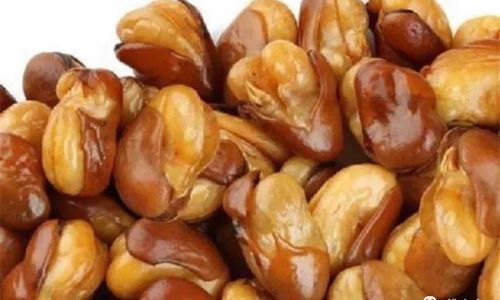
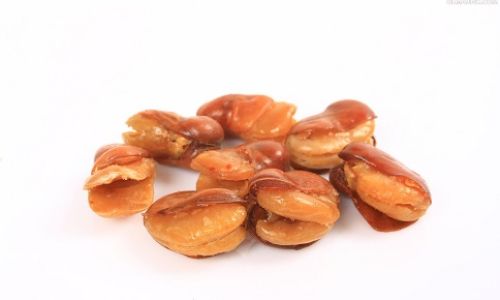
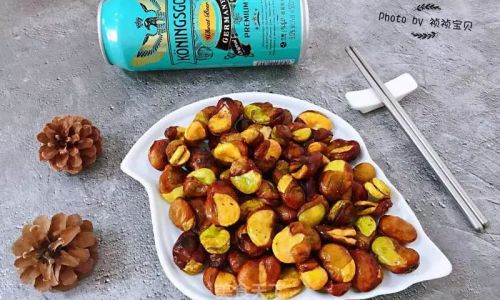
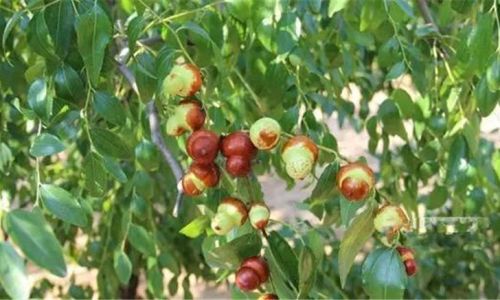


0 comments